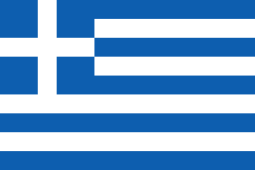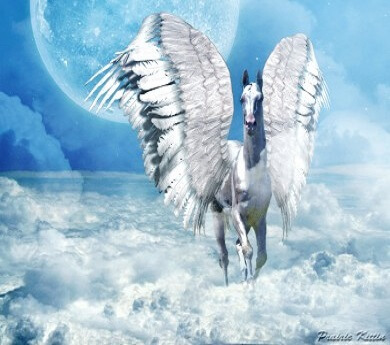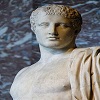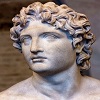Pegasus
The winged divine stallion
One of the best known creatures in Greek mythology, he is a winged divine stallion usually depicted as pure white in colour.
He is the offspring of Poseidon and Medusa and legend says every time his hoof hit the earth, a spring of water bubbled forth.
Pegasus (Ancient Greek: Πήγασος, Pēgasos; Latin: Pegasus) is one of the best known creatures in Greek mythology. He is a winged divine stallion usually depicted as pure white in color. He was sired by Poseidon, in his role as horse-god, and foaled by the Gorgon Medusa. He was the brother of Chrysaor, born at a single birthing when his mother was decapitated by Perseus.
Greco-Roman poets write about his ascent to heaven after his birth and his obeisance to Zeus, king of the gods, who instructed him to bring lightning and thunder from Olympus. Friend of the Muses, Pegasus is the creator of Hippocrene, the fountain on Mt. Helicon. He was captured by the Greek hero Bellerophon near the fountain Peirene with the help of Athena and Poseidon.
Pegasus allows the hero to ride him to defeat a monster, the Chimera, before realizing many other exploits. His rider, however, falls off his back trying to reach Mount Olympus.
After some time, the riderless Pegasus did reach Olympus. Zeus stabled him with his other steeds and soon after tasked him with drawing his thunderbolt-carrying chariot. After years of service, Zeus awarded Pegasus with a constellation, which bears his name to this very day (aka, Zeus transformed him into the constellation Pegasus and placed him up in the sky.).
The symbolism of Pegasus varies with time. Symbol of wisdom and especially of fame from the Middle Ages until the Renaissance, he became one symbol of the poetry and the creator of sources in which the poets come to draw inspiration, particularly in the 19th century. Pegasus is the subject of a very rich iconography, especially through the ancient Greek pottery and paintings and sculptures of the Renaissance.












